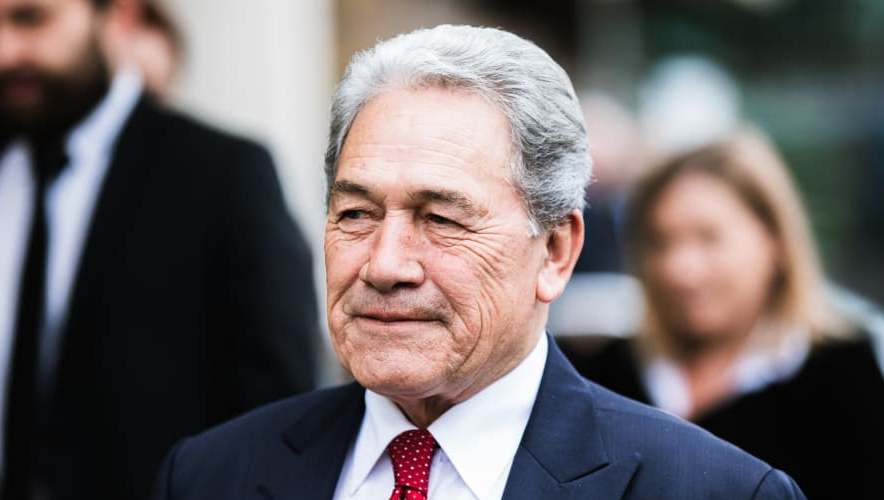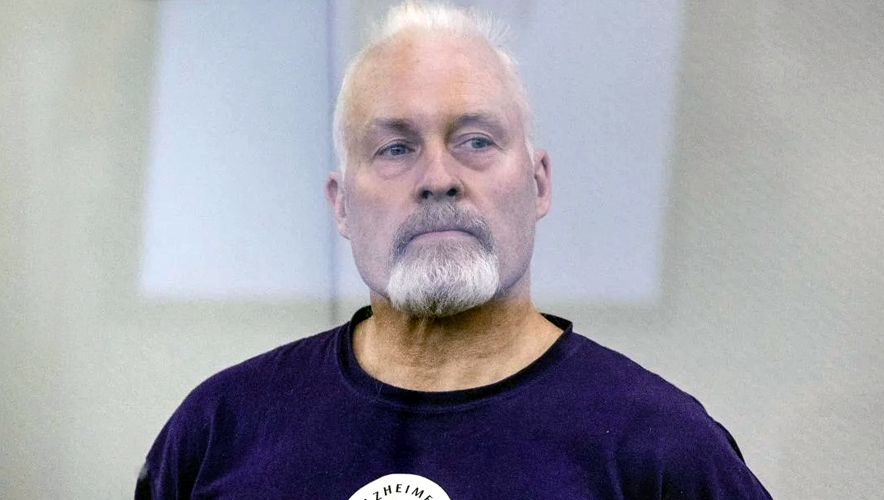Citizen Journalist Videos Police Collusion With A Violent Mob
I was flattered to receive an invitation from Liberty Itch to join the team of writers.
They asked that my début article be something of an introduction: explaining how I came to notoriety, so here it is.
On 25th March I filmed trans activists rioting in Auckland’s Albert Park, preventing British women’s rights campaigner Posie Parker from speaking. I used a 360° camera attached to a three-metre-long selfie-stick so the footage is overhead, from the middle of the crowd. These cameras film in all directions concurrently and from it, flat clips can be exported.
That evening on the nightly news and over the next two days the ruling Labour/Greens regime and their media allies began to concoct a narrative that the protest had been peaceful. They used sound bites such as “peaceful protest,” “pure trans joy” and “an outpouring of aroha [love.]”
I knew the footage I had directly contradicted this false narrative so I started publishing it.
The following day my life changed.
Numerous women fleeing the attack were told by multiple officers words to the effect of “we are not here to protect you.”
I know these things to be true because the footage I have depicts it!
I used Twitter to post infrequently about my interests, stuff people weren’t particularly interested in. But oh boy, were they interested in this. On the morning of the 28th I woke to twenty notifications per second, requests from major news organisations for syndication (accepted) and for interview (declined.) By the end of the week millions of people around the world had viewed the material.
Then I started receiving requests. Primarily from assault victims, some of whom remain traumatised. With a 360° camera I’m seldom looking in the direction of pertinent material. People came to me with requests for flat exports at a certain time in a certain direction so the footage could be evidential in police complaints and subsequently prosecutions.
Of course, I agreed. And kept publishing, clip after clip, each more damning of the official narrative than the last. This didn’t endear me much to the authorities or the rainbow community, nor their left-wing supporters and the domestic mainstream media. In a small country I’m no longer a private citizen.
People came to trust in my integrity. And I’ve become something of a clearing house for information: witness statements, responses to Official Information Act requests, footage from other photographers wishing to remain anonymous and so on. Publishing this material helps to keep the pressure on the authorities (who very much want all of this to go away) to do the right thing.
Which brings me to the New Zealand Police.

On the day of the riot the police withdrew to the outskirts of Albert Park, allowing the rainbow community to get stuck into the women who were there to speak or listen. In a frenzy the rioters broke through metal barriers to get to them. Whilst this was occurring the police were in constant contact with the rainbow organisers. Numerous women fleeing the attack were told by multiple officers words to the effect of “we are not here to protect you.”
I know these things to be true because the footage I have depicts it, and I’m in possession of the OIA responses and independent witness accounts that corroborate it.
This was -at best- a significant operational failure on the part of the police. Some might go so far as to say collusion with a violent mob. It is contentious enough for the Independent Police Conduct Authority to launch an investigation. At the insistence of several victims the IPCA interviewed me two weeks ago, which of course I published, and you can listen to the testimony at my YouTube channel.
To coincide with a court hearing concerning one of her alleged assailants, Posie Parker was due to attend another speaking event in Auckland on 20th September. She cancelled because the New Zealand authorities refused to guarantee her safety. It offends me greatly that anyone is prevented from speaking in public and I am ashamed that my country is not a safe place for her to visit. The event went ahead in her absence.
Which brings me to the power of photography.
The ruling Labour/Greens regime and their media allies began to concoct a narrative that the protest had been peaceful.
The police and the rainbow community are deeply cognizant of the damage the Albert Park footage has done respectively to their reputation and their cause. To discourage violence, hold police accountable and above all keep women safe I formed a team of volunteers to film the event. We achieved these objectives.
Other photographers regularly hit me up to back them up in tricky situations, typically demonstrations. Pro-Israel, pro-Palestine, anti-co-governance, whatever. I do so because I want to prevent harm coming to anyone and for the truth to be told.
Now I’m notorious, these are increasingly dangerous situations. Demonstrators, counter-demonstrators, media, police. People I’ve never met address me by name.
Some are not fans.





